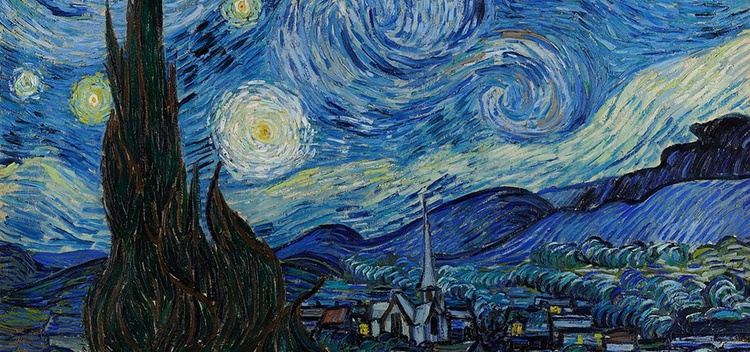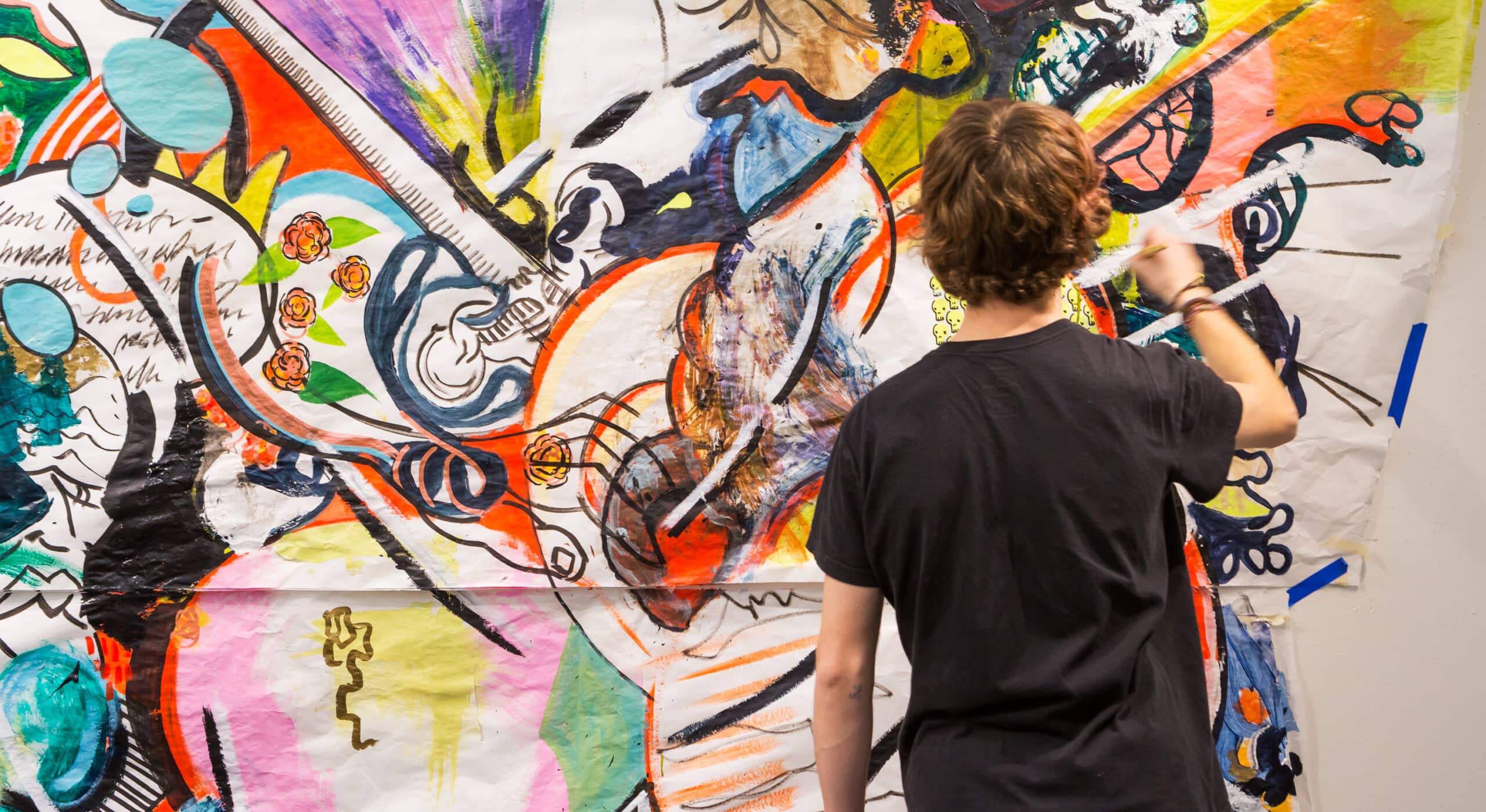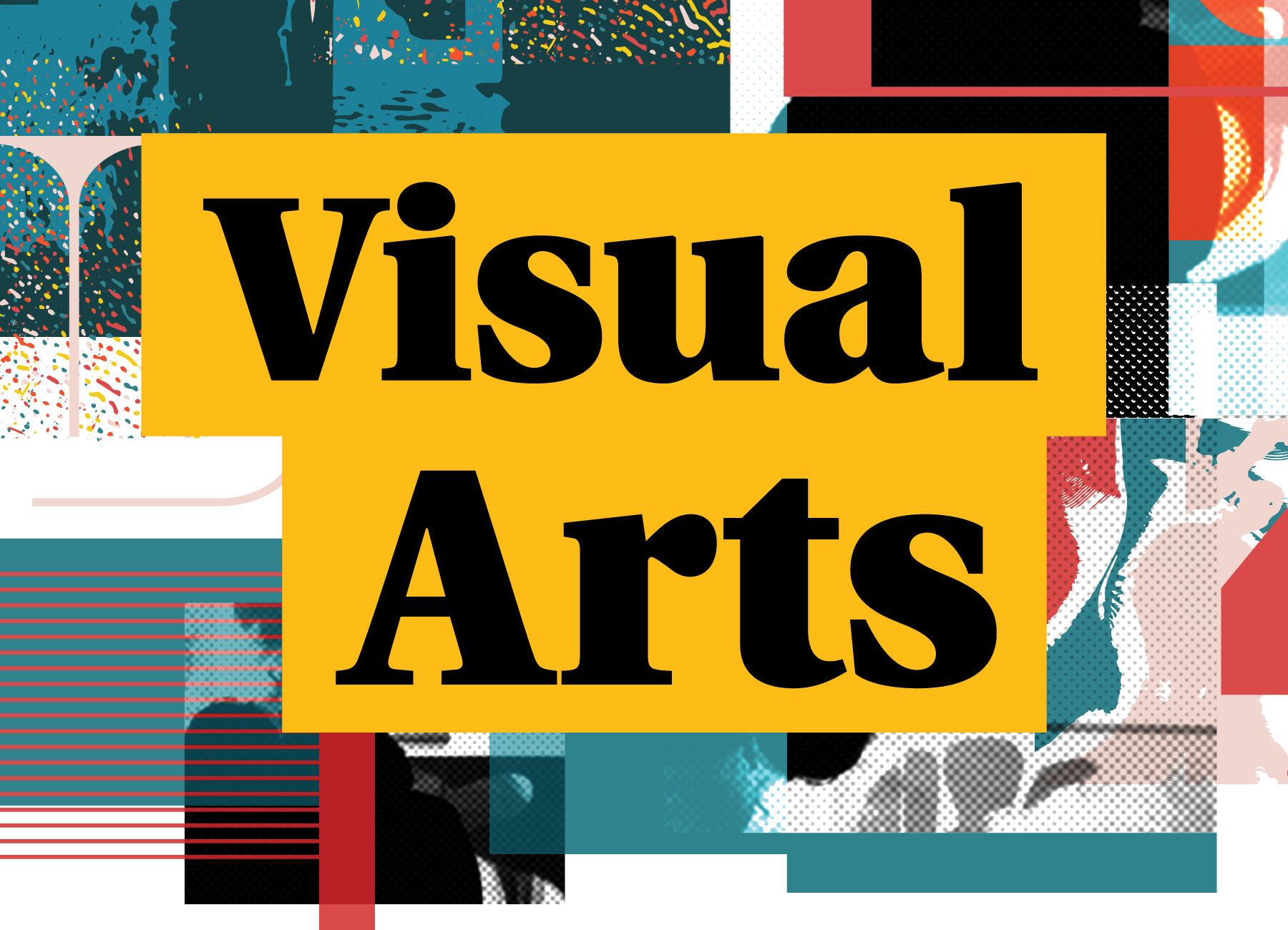For thousands of years, the foundation of human expression has been the visual arts. These artistic expressions have surpassed cultural boundaries, chronicled historical events, questioned preconceived notions, and sparked people’s imaginations—from the mysterious cave paintings of Lascaux to the intriguing digital works of today. This long essay dives into the colorful fabric of visual arts, examining the services provided by professionals in addition to the creative process itself.
A Spectrum of Expression: Exposing the Diverse Visual Arts Forms
The visual arts comprise a wide range of fields, each providing distinctive pathways for artistic inquiry, including art and design services that influence innovation and creative expression. Let’s explore a few of the main categories together:

Fine Arts
Printmaking, painting, drawing, sculpture, and ceramics are all part of this historic cornerstone. These artistic mediums are valued for their aesthetic qualities as well as their capacity to explore complex and nuanced artistic topics. While sculptors give life to raw materials to create three-dimensional narratives, painters carefully capture light, shadow, and form on canvases. Printmaking provides a special means of reproducing and sharing artwork, while ceramics enables artists to merge artistic expression with practicality.
Arts in New Media
The digital age has ushered in the new media arts, which provide a platform for creative experimentation. While animation gives illustrations life and enables artists to express stories dynamically and engagingly, video art uses sound and moving visuals to create intriguing narratives. With its distinctive editing options and aesthetic effects, digital photography pushes the limits of traditional photography. Furthermore, interactive installations provide immersive experiences by fusing audience interaction with art.
Filmmaking
This storytelling medium creates strong, emotionally impactful experiences by fusing sound, visuals, and narrative. Filmmakers use a variety of methods, including as precise shot composition and complex editing, to craft visually stunning works of art that take viewers to new places and elicit a spectrum of emotions.
Style
Design is a broad area that includes subfields including graphic design, product design, fashion design, interior design, and architecture. It bridges the gap between form and function. While product designers work to develop things that are not only aesthetically pleasing but also useful and functional, graphic designers produce communication materials that are visually appealing and impactful. Fashion designers make apparel that communicates personal personality and style via the use of textiles and form. While architects create buildings that are both aesthetically beautiful and functional for their intended users, interior designers organize spaces to be both aesthetically pleasing and functional.
Crafts
Masterful handiwork includes things that are both useful and beautiful to look at. Examples of this varied art form include jewelry making, weaving, woodworking, and pottery. Craftspeople use their extensive knowledge of materials and methods to make things that are not only aesthetically pleasing but also long-lasting and frequently carry special importance for them.

The Path of an Artist: From Idea to Creation
The variety of art forms is matched by the diversity of the artistic process. Some artists use their own experiences as inspiration, exploring memories, feelings, and interpersonal connections to stoke their artistic flame. Strong inspirations can also be found in historical occurrences, contemporary societal issues, or the natural environment. Some people may find themselves drawn to particular materials or processes, enjoying the challenge and fulfillment of discovering the possibilities presented by a given medium.
No matter where inspiration comes from, there are always several important phases in the creative process:
Conceptualization
Creating an idea or theme to investigate is the goal of this step. To clarify their idea, the artist may make written notes, mind maps, or sketches.
Research
It can be quite important to compile data and ideas from a variety of sources. This could include researching historical events, looking into certain materials and techniques, or examining the works of other artists.
Experimentation
To choose the ideal method for bringing their vision to life, artists frequently try out a variety of mediums and techniques. Through trial and error, they can identify constraints, viable fixes, and fresh creative ideas at this point.
Execution
With a well-defined idea and a decided strategy, the artist applies materials and techniques deftly to realize their vision.
Assessment and Improvement
The creative process isn’t a straight line. To evaluate their creations objectively, artists frequently take a step back from their work. After this assessment, the artwork may undergo minor alterations, enhancements, or even a total redo until the artist is happy with the way it turned out.
Explore More The Mural Design Craft: From Idea to Implementation

The Ecosystem of the Art World: A Support System
A network of professionals who connect artists with audiences and provide them with support and empowerment is essential to the health of a thriving visual arts sector. Here’s an overview of some of the major participants in this ecosystem:
Art galleries
By displaying and selling artwork, these establishments serve as a conduit between artists and consumers. Galleries organize shows, provide artists with important platform exposure, and occasionally manage the financial side of art sales.
Museums
Dedicated to the preservation, display, and interpretation of art, museums provide a setting for learning and visual arts appreciation.
Conclusion
To promote creativity, advance cultural evolution, and enhance human experiences, visual arts, and visual arts services are essential. The visual arts continue to inspire, provoke, and resonate with audiences throughout the world by embracing a variety of forms of expression and utilizing technological breakthroughs.

